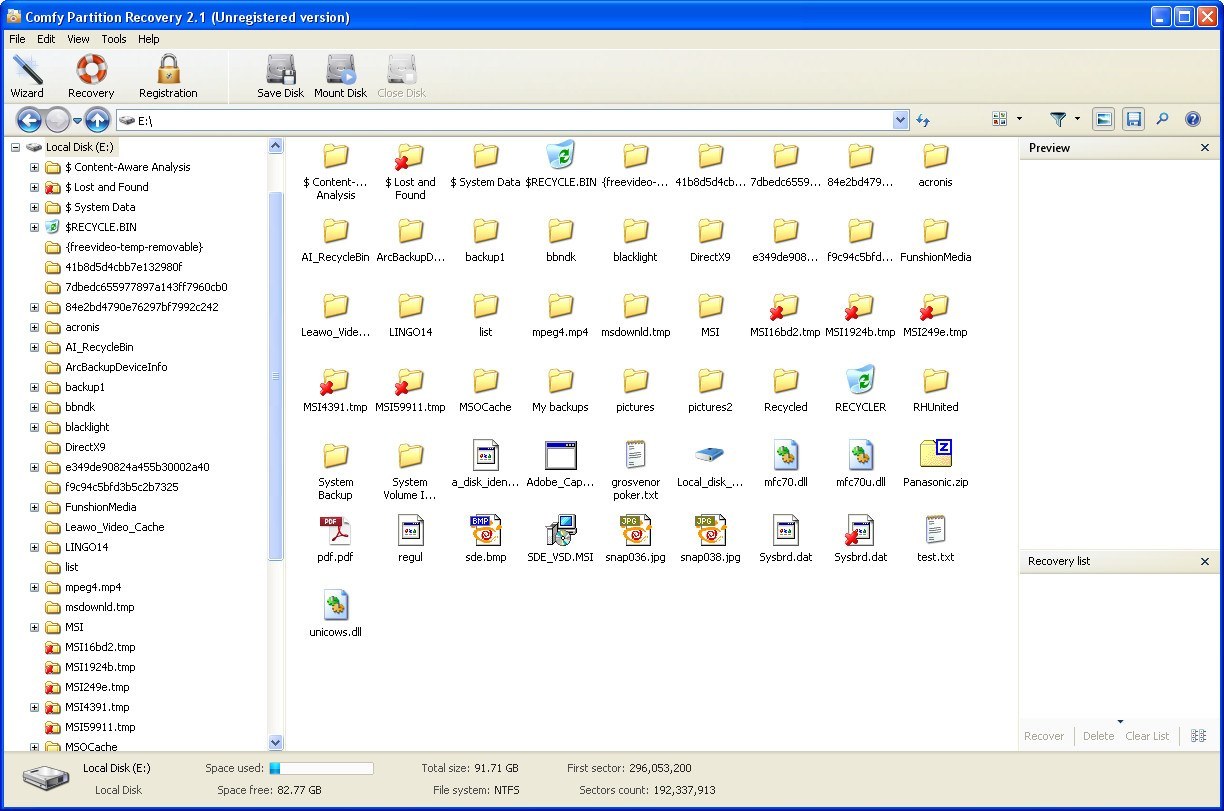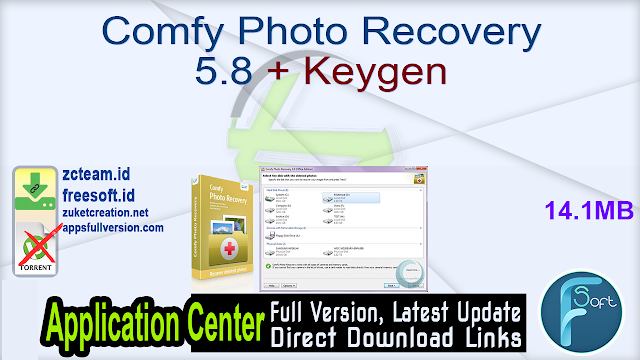
Install Proxmox VE 7.x from the ISO (this will delete all data on the existing host). Backup all files in /etc ( required: files in /etc/pve, as well as /etc/passwd, /etc/network/interfaces, /etc/nf, and anything that deviates from a default installation). Backup all VMs and containers to an external storage (see Backup and Restore). See the release notes for breaking (API) changes: New installation In both cases, emptying the browser cache and reloading the GUI are required after the upgrade. An in-place upgrade via apt (step-by-step). A new installation on new hardware (restoring VMs from the backup). In general, there are two ways to upgrade a Proxmox VE 6.x system to Proxmox VE 7.x: In case the system is customized and/or uses additional packages or any other third party repositories/packages, ensure those packages are also upgraded to and compatible with Debian Bullseye. Test the backup beforehand in a test lab setup. Note: A valid and tested backup is always required before starting the upgrade process. Depending on the existing configuration, several manual steps-including some downtime-may be required. You should plan the upgrade carefully, make and verify backups before beginning, and test extensively. Proxmox VE 7.x introduces several new major features. 4.7.2 Unable to boot due to grub failure. 4.6.5.2 Container HW Pass-Through & CGroupv2. 
4.6.4.2 Older Virtual Machines with Windows and Static Network.4.6.4.1 Linux Bridge MAC-Address Change.4.6.3.1.3 Old Workaround: Disable tdp_mmu.4.6.3 Older Hardware and New 5.15 Kernel.4.6.1.1 Upgrade wants to remove package 'proxmox-ve'.

4.5.3 Custom role: contains permission 'Pool.Allocate'. 4.5.2 storage: parameter 'maxfiles' is deprecated. 4.3.6 Upgrade the system to Debian Bullseye and Proxmox VE 7.0. 4.3.5 Add the Proxmox VE 7 Package Repository. 4.3.4 Update the configured APT repositories. 4.3.3.2 Solution B: Hardcode MAC Address. 4.3.2 Move important Virtual Machines and Containers. 4.3.1 Continuously use the pve6to7 checklist script.








